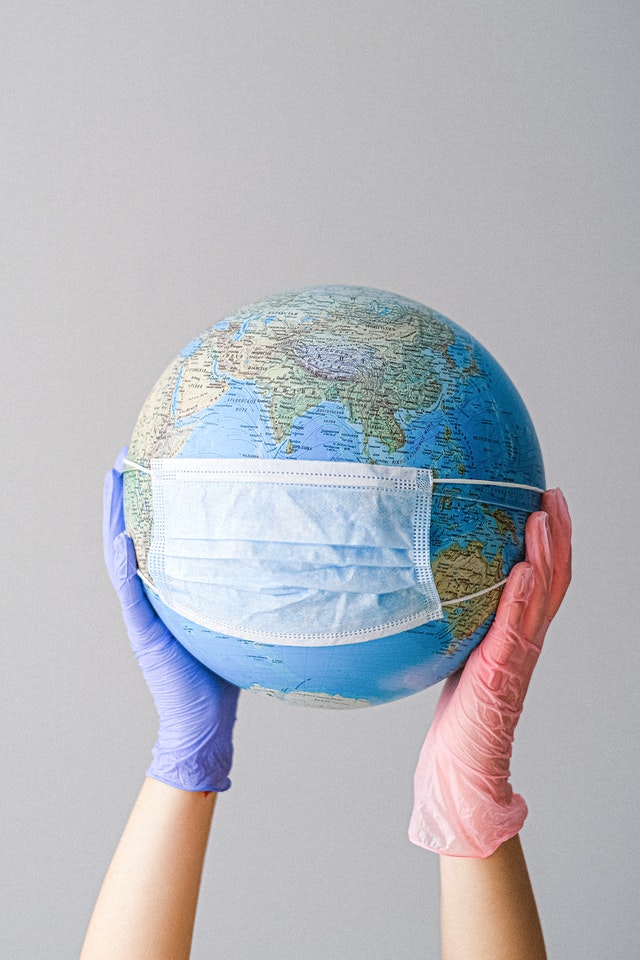Face Masks
If I told you a year ago you’d be Googling facemasks weekly in August of this year, you’d have me committed to a psychiatric hospital. Facemasks were certainly part of our lexicon pre-COVID, but it was rare to go out and see someone with a facemask walking the street. Certain cultures have always been more prone to wearing facemasks, but for most Americans, it was never a thing.
Well it’s certainly a thing now, and we went from a potential facemask shortage in March/April to a literal buyers market today. The selection is off the charts, but many folks are clamoring for some simple facts to guide their decision.
Facemasks will not prevent you from catching COVID-19, but they might help in reducing your chances. The best facemask blocks respiratory droplets that result from sneezing or coughing from entering into your system. Medical masks are recommended for healthcare workers and those with underlying health conditions as well as the elderly. According to the World Health Organization (WHO), fabric masks are fine for the rest of the population. The N99 and N95 masks are the most effective, medical-grade masks at filtering viral particles. They seal tightly around the mouth and nose, and employ tangled fibers, which filter pathogens.
A close second to the N99 and N95 are surgical masks. These are disposable, and while made of nonwoven fabric, they are still three times as effective thwarting potential viruses than homemade masks. After surgical masks we move into the hybrid mask territory. A typical hybrid mask will combine two layers of 600-thread-count cotton and a second material like flannel or silk. The specific combination of chiffon and cotton apparently offers the best protection. If you’re going to go the fabric mask route, the WHO advises three layers. The inner layer should be the one that absorbs fluid, and the second, middle layer, is the one that filters. Finally, the third (outer layer) can be made from a material like polyester that is nonabsorbent.
In terms of selecting the best mask for you, while we know the N99 and N95 are the “protection kings,” that doesn’t mean you need to be using a N99 while jogging around your sparsely populated neighborhood. Nor would you need it for heading to an office where you work in relative isolation. For most of us, a washable mask with at least two fabric layers and that completely covers our nose and mouth is fine.
Tom Bihn Reusable Cloth Face Mask
One of the best overall masks you can buy is this one from Tom Bihn. A Seattle based company that also manufactures backpacks, Bihn reusable masks come in a range of colors and two sizes. Your size depends on the measurement of the bridge of your nose to the bottom (point) of your chin. Every Bihn mask sold results in a second donated to a local charity.
Old Navy Variety 5-Pack Masks
For the kiddies, it’s hard to do better than the Old Navy Variety Pack. Some competing kids masks are made from synthetic materials, but with synthetic material kids get these masks absolutely soaked with drool in no time. Because Old Navy masks are 100% cotton, the drool issue is a non-issue. Note - once you kid reaches 8 or 9 these masks will no longer fit them.
Safe-Mate Disposable 3-Ply Facemask
If you’re working out, this is the mask for you. The best masks for working out is evolving literature, but most workout fanatics enjoy Safe-Mate because you don’t need to worry about washing them afterward, and they’re super lightweight and easy to breath with. Some folks have experimented with higher-grade, filter masks when working out and the result is horrendous.
It’s the new normal, but the cool thing about facemasks is the style, designs, and colors are getting better by the day. If we’ve got to wear one, let’s at least try and look semi-cool doing so!


Comments:
Login to leave a reply